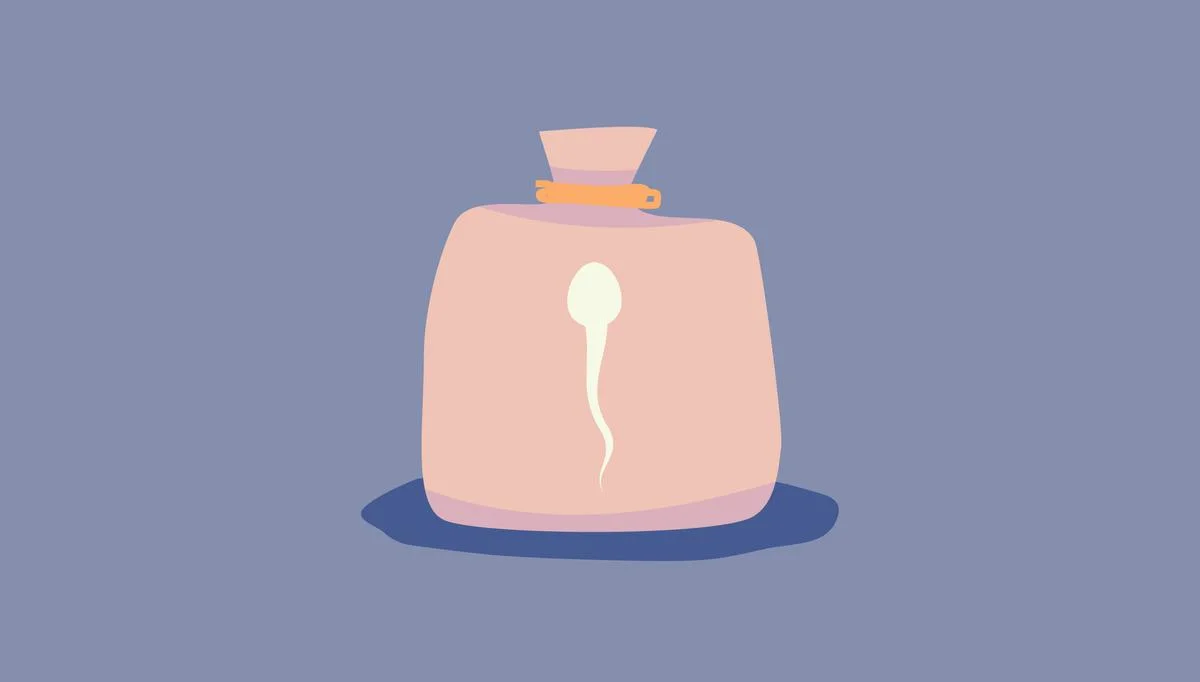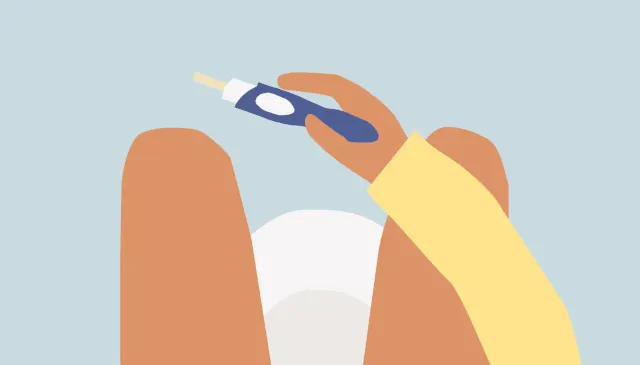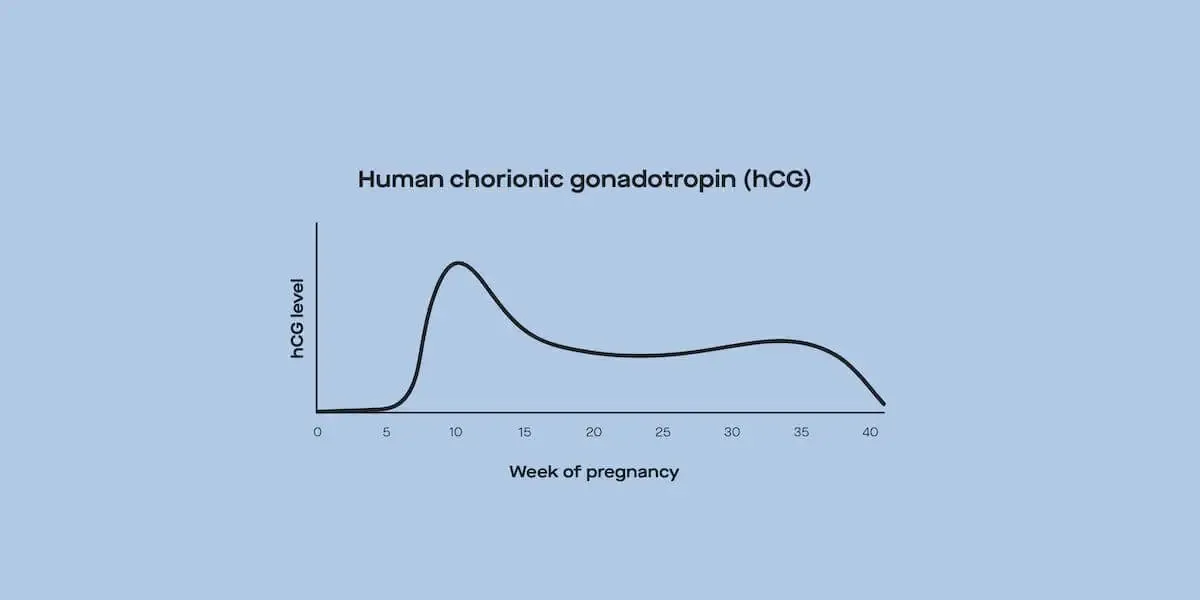Here's what we'll cover
Here's what we'll cover
You may have been prescribed Clomid (clomiphene) for infertility or treating low testosterone. Are there things you should do or avoid while taking Clomid? Read on.
What is Clomid (clomiphene)?
Clomid (clomiphene) is primarily prescribed to treat infertility in women with irregular or infrequent periods (oligoovulation), or periods where an egg is not released from the ovaries (anovulation). This can occur with polycystic ovary syndrome (PCOS) and some forms of amenorrhea. Clomid induces ovulation, increasing the woman’s chances of getting pregnant.
Clomid is also prescribed off-label to treat infertility in men, by inducing sperm production (Mbi Feh, 2022; Walker, 2022). Because Clomid can increase serum testosterone levels, it is also prescribed off-label to men to treat hypogonadism, a condition where the pituitary gland and hypothalamus in the brain fail to tell the testes to produce sex hormones (Delu, 2020).
As a fertility treatment, Clomid works by triggering the release of sex hormones that induce ovulation or sperm production, such as luteinizing hormone (LH), follicle-stimulating hormone (FSH), and testosterone (Mbi Feh, 2022; DailyMed, 2022).
How to take Clomid
When taking Clomid, always follow the directions and your healthcare provider’s guidance. The medication should be stored at room temperature, away from moisture, heat, and light (DailyMed, 2022).
How to take Clomid for female infertility
A dose of Clomid typically comes in a 50 mg tablet. To induce ovulation, Clomid is usually taken once daily by mouth for five days starting on day 5 of a woman’s menstrual cycle (Mbi Feh, 2022; DailyMed, 2022).
Timing is key to Clomid’s effectiveness, so follow your dosing schedule exactly as directed by your healthcare provider and time sexual intercourse accordingly. Ovulation should occur five to 10 days after the day of your last Clomid pill. Use an ovulation test kit and try to take Clomid at the same time of day for each day of the treatment cycle (Mbi Feh, 2022; DailyMed, 2022).
While taking Clomid, your healthcare provider may recommend tracking your body temperature, to help you know when you are ovulating and increase your chances of getting pregnant (Mbi Feh, 2022).
When treating infertility in women, Clomid is usually only prescribed for up to six treatment cycles.
How to take Clomid for male infertility
Clomid is prescribed off-label for male infertility, so there are no standardized dosage regimens. Your healthcare provider will determine an appropriate dosing regimen based on your personal health situation and medical history. While you take Clomid, your healthcare provider might schedule regular semen analysis tests to evaluate your sperm function and volume (Mbi Feh, 2022).
To raise testosterone levels, healthcare providers may prescribe a daily 25 mg dose of Clomid (or half a tablet). Studies found this dose of Clomid significantly raised serum testosterone levels within four to six weeks, while other studies used treatment periods of three months or longer (Da Ros, 2012; Shabsigh, 2005).
Before taking Clomid, be sure to fill in your healthcare provider on your personal and family medical history, as well as any medications or over-the-counter supplements you are taking.
Clomiphene side effects and drug interactions
Common side effects of Clomiphene for women include (Mbi Feh, 2022; DailyMed, 2022):
Blurred vision or blind spots
Breast pain or tenderness
Dizziness
Enlarged ovaries
Flushing or hot flashes
Headache
Hypertriglyceridemia (high triglycerides)
Nausea
Pelvic pain
Spotting or breakthrough bleeding
Upset stomach
Vomiting
Side effects of Clomiphene for men include (Mbi Feh, 2022; DailyMed, 2022):
Blurred vision or blind spots
Dizziness
Headache
Hypertriglyceridemia (high triglycerides)
Nausea
Upset stomach
Vomiting
Because Clomid can cause side effects like blurred vision or dizziness, it is safest to avoid any hazardous activity, like driving or using heavy machinery, until you know how the drug affects you. Visual symptoms usually go away within a handful of days, but report them to your healthcare provider if they last longer than that (DailyMed, 2022).
While women are limited to three to six treatment cycles, men can safely take Clomid for a longer period of time. Studies show that Clomid continues to be safe and effective for men, even for periods longer than three years. In the study, fewer than 10% of men experienced side effects (Krzastek, 2019).
Clomid and OHSS
Some women who take Clomid may develop ovarian hyperstimulation syndrome (OHSS), which can become serious quickly. Contact your health provider immediately if you notice any of the following symptoms (DailyMed, 2022):
Bloating
Chest pain
Diarrhea
Little or no urination
Nausea
Rapid or irregular heart rate
Rapid weight gain, particularly in the face and midsection
Pain when breathing
Severe pelvic pain or swelling
Shortness of breath, especially when lying down
Stomach pain
Swelling or redness in the legs
Vomiting
Clomid risk factors
Some people should avoid taking Clomid altogether, including those with (Mbi Feh, 2022; DailyMed, 2022):
An allergy to Clomid or the ingredients in Clomid
Abnormal vaginal bleeding
Endometrial cancer
High triglycerides
Liver disease or a history of liver problems
Ovarian cysts that are not related to PCOS
A pituitary tumor
Thyroid or adrenal gland issues
Additionally, people who are pregnant or breastfeeding should not use clomiphene (Mbi Feh, 2022). Once you become pregnant, talk to your healthcare provider and stop using Clomid.
DISCLAIMER
If you have any medical questions or concerns, please talk to your healthcare provider. The articles on Health Guide are underpinned by peer-reviewed research and information drawn from medical societies and governmental agencies. However, they are not a substitute for professional medical advice, diagnosis, or treatment.
DailyMed. (2022). CLOMID- clomiphene citrate tablet. National Library of Medicine . Retrieved from https://dailymed.nlm.nih.gov/dailymed/drugInfo.cfm?setid=2ca373c1-4dba-4126-8616-5c533d606fe5
Da Ros, C. T. & Averbeck, M. A. (2012). Twenty-five milligrams of clomiphene citrate presents positive effect on treatment of male testosterone deficiency - a prospective study. International Brazilian Journal of Urology, 38 (4), 512–518. doi:10.1590/s1677-55382012000400011. Retrieved from https://pubmed.ncbi.nlm.nih.gov/22951175/
Delu, A., Kiltz, R. J., Kuznetsov, V. A., & Trussell, J. C. (2020). Clomiphene citrate improved testosterone and sperm concentration in hypogonadal males. Systems Biology in Reproductive Medicine, 66 (6), 364–369. doi:10.1080/19396368.2020.1822457. Retrieved from https://pubmed.ncbi.nlm.nih.gov/33043679/
Dougherty, J. M., Alsayouri, K., & Sadowski, A. (2021). Allergy. StatPearls . Retrieved on Sept. 7, 2022 from https://www.ncbi.nlm.nih.gov/books/NBK545237/
Krzastek, S. C., Sharma, D., Abdullah, N., et al. (2019). Long-term safety and efficacy of clomiphene citrate for the treatment of hypogonadism. The Journal of Urology, 202 (5), 1029–1035. doi:10.1097/JU.0000000000000396. Retrieved from https://pubmed.ncbi.nlm.nih.gov/31216250/
Mbi Feh, M. K. & Wadhwa, R. (2022). Clomiphene. StatPearls . Retrieved on Sept. 7, 2022 from https://www.ncbi.nlm.nih.gov/books/NBK559292/
Shabsigh, A., Kang, Y., Shabsign, R., et al. (2005). Clomiphene citrate effects on testosterone/estrogen ratio in male hypogonadism. The Journal of Sexual Medicine, 2 (5), 716–721. doi:10.1111/j.1743-6109.2005.00075.x. Retrieved from https://pubmed.ncbi.nlm.nih.gov/16422830/
Walker, M. H. & Tobler, K. J. (2022). Female infertility. StatPearls . Retrieved on Sept. 7, 2022 from https://www.ncbi.nlm.nih.gov/books/NBK556033/
Yilmaz, S., Yilmaz Sezer, N., Gönenç, I. M., et al. (2018). Safety of clomiphene citrate: a literature review. Cytotechnology, 70 (2), 489–495. doi:10.1007/s10616-017-0169-1. Retrieved from https://pubmed.ncbi.nlm.nih.gov/29159661/










